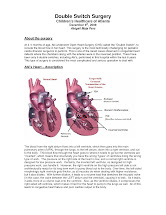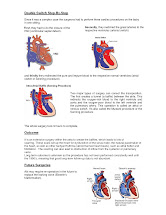Our girls are growing big, smart and healthy, loving each other and being a true joy to be and have around.
In June, soon after our family leaving we went to the beach for our first family vacation. It was a great time and everybody had lots of fun.


After the beach the most exciting day of summer arrived, namely Abigail's 4th birthday!!! Yes our little girl is 4 !!!! I still can't believe it. She's thriving, she's doing amazingly well and does not stand out from kids her age.
Her birthday was a nice and hot day with lots of friends around and ever since Abi keeps proudly telling everybody she's 4 now :-)




And after Abi's birthday we had a chance to visit Atlanta, GA for fun. Yes, for fun, no hospital visits :-) We went to Children's Museum which Abi just LOVED and then to World of Coca Cola and her second best place - Georgia Aquarium. She talks about the aquarium a lot. Glad it made such a good impression on her

Oh and one more thing. Abi absolutely loves swimming and this year she ditched her swimmers and loves swimming with me. She is crazy for diving and going down to the bottom of the pool (5ft) to pick up our toypedo. Loves jumping in to both, pool and the lake. Here's are 2 short vids. One at our pool and one from her visit to the lake with mom. Since I was working and was not there she had to have her swimmer on. She's allowed to swim without the swimmers only when I'm around.
I hope to do much better on updating the blog. With Kaya Annabelle's arrival we're still trying to figure out the new pace :-)
Art
- Posted using BlogPress from my iPad










